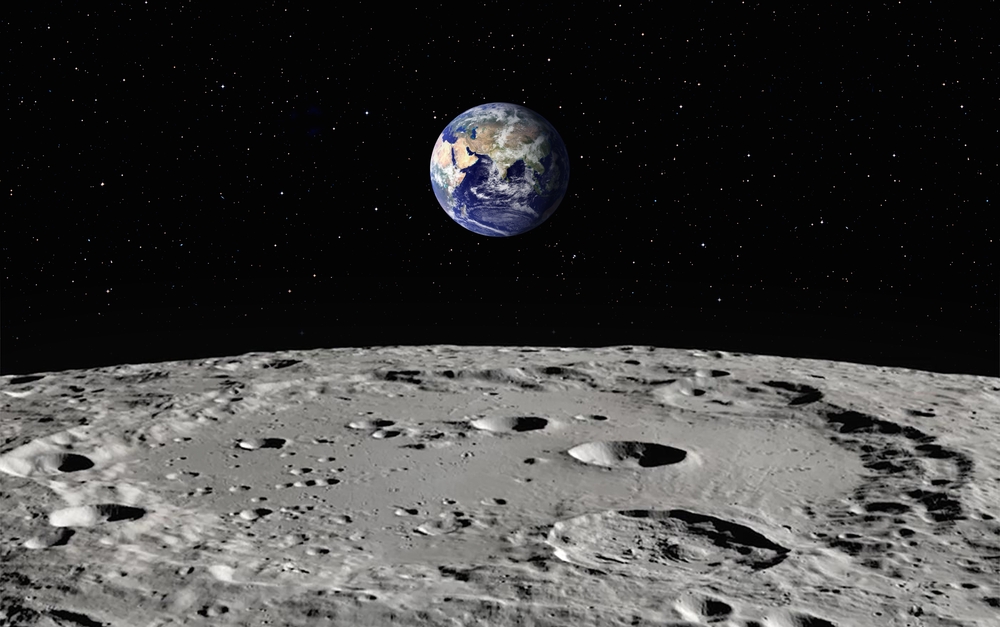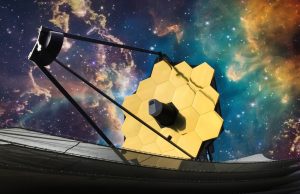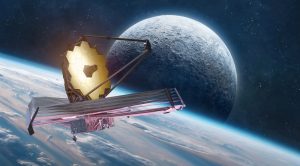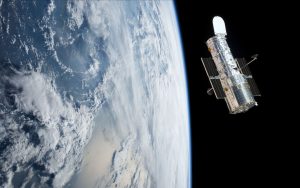Shrinking Moon Raises New Challenges for Future Space Missions.
Others are reading now
A recent study has brought to light the challenges posed by the moon’s shrinking size for upcoming space missions. The study, titled “Tectonics and Seismicity of the Lunar South Polar Region” and published by the American Astronomical Society in The Planetary Science Journal on January 25, delves into the implications of the moon’s changing surface.
Historically, six human space missions have successfully landed on the moon, with many more planned for the future. However, these future missions may face increased risks due to the moon’s diminishing circumference.
A team of lunar scientists discovered that the moon’s contraction causes its surface to fold and crease, particularly in the south polar region. This creasing is a result of a significant moonquake that occurred over 50 years ago, one of the most intense ever recorded by Apollo seismometers.
Unlike brief earthquakes on Earth, moonquakes can last for hours, potentially causing extensive damage similar to that caused by earthquakes, such as landslides and structural damage.
Also read
Professor Nicholas Schmerr, co-author of the study from the University of Maryland, explains the moon’s surface characteristics.
The surface, composed of dry, granulated gravel and dust, has been continuously reshaped by billions of years of asteroid and comet impacts. This has resulted in a surface layer of loosely consolidated material ranging from microscopic to boulder-sized fragments, making it susceptible to shaking and landslides.
The research team used modeling to identify the moon’s weakest areas, which are more prone to the impacts of moonquakes and consequent landslides.
Thomas R. Watter, senior scientist emeritus at the National Air and Space Museum’s Center for Earth and Planetary Studies and lead author of the study, highlights that shallow moonquakes could result in strong ground shaking in the south polar region. These quakes might occur due to existing faults or the formation of new thrust faults.
This presents a significant concern for astronaut safety during lunar landings and missions. NASA’s upcoming crewed Artemis III mission, which aims to land in this affected region, could face these challenges head-on.
Watter advises that the potential for active faults and the formation of new ones due to the moon’s ongoing contraction should be considered in the planning of permanent lunar outposts. Schmerr emphasizes the importance of this research in preparing for the Artemis mission, stressing the need to ensure the safety of astronauts, equipment, and infrastructure against lunar seismic activity and hazardous zones.








